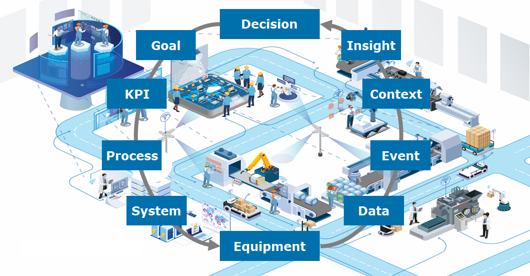speed, speed demo, speed costs, speed tests
SPOTO offers 100% real & valid Cisco, PMP, ISACA, AWS, and other IT exam dumps to help you pass IT
exams. We will list out speed tips, speed demo, speed tutorial, speed cost, speed latest industry news, all things you
concern about the Certification online proctored exam.
-
- 753
- SPOTO
- 2024-06-14 17:16
speed, speed demo, speed costs, speed tests
SPOTO offers 100% real & valid Cisco, PMP, ISACA, AWS, and other IT exam dumps to help you pass IT
exams. We will list out speed tips, speed demo, speed tutorial, speed cost, speed latest industry news, all things you
concern about the Certification online proctored exam.
-
- 753
- SPOTO
- 2024-06-14 17:16
Ethernet Basics Introduction Ethernet is the foundational technology for LANs and continues to evolve to meet the demands of modern networking. This blog explores the key concepts from Chapter 1 of the CCIE Routing and Switching v5.0 Official Cert Guide, focusing on essential technical knowledge and terms every network professional should understand. Ethernet Layer 1: Wiring, Speed, and Duplex At the physical layer, Ethernet relies on various types of wiring and cabling standards to connect devices. Key types include Cat 5, Cat 5e, and Cat 6 cables, each supporting different speeds from 10 Mbps (10BASE-T) to 10 Gbps (10GBASE-T). Understanding the differences between half-duplex and full-duplex modes is crucial, as mismatched duplex settings can lead to collisions and network inefficiencies. Ethernet Layer 2: Framing and Addressing Ethernet frames consist of multiple fields, including the preamble, destination MAC address, source MAC address, EtherType/length, data and padding, and frame check sequence. Addressing is another critical aspect, with MAC addresses being categorized into unicast, multicast, and broadcast types. The Individual/Group (I/G) bit and Universally/Locally (U/L) administered bit play significant roles in address designation. Switching and Bridging Logic Layer 2 switches use MAC address tables to make forwarding decisions. These switches perform functions such as forwarding, filtering, flooding, learning, and aging. While traditional bridges performed similar tasks, modern switches have advanced capabilities and efficiency. SPAN, RSPAN, and ERSPAN Monitoring and analyzing network traffic is essential for maintaining network health. Cisco provides three main technologies for traffic mirroring: SPAN: Switched Port Analyzer, which mirrors traffic to a local switch port. RSPAN: Remote SPAN, enabling traffic mirroring across multiple switches. ERSPAN: Encapsulated Remote SPAN, which extends mirroring over IP networks using GRE tunnels. Virtual Switch System (VSS) The Virtual Switch System (VSS) allows two physical switches to operate as a single logical switch. This setup enhances redundancy and simplifies management. The Virtual Switch Link (VSL) is integral to VSS, carrying control and data traffic between the combined switches. IOS Modernization Cisco’s IOS-XE operating system represents a significant modernization effort, offering a modular architecture that separates the control and data planes. This design enhances network stability and enables in-service software upgrades (ISSUs). Key components include the Forwarding and Feature Manager (FFM) and the Forwarding Engine Driver (FED), which manage control plane processes and data plane operations, respectively. Conclusion Ethernet remains the backbone of modern networks, and understanding its fundamental concepts is crucial for network professionals. From wiring and duplex modes to advanced features like VSS and IOS-XE, these basics form the foundation for more complex networking knowledge. Stay tuned for further insights as we delve deeper into each chapter of the CCIE Routing and Switching v5.0 Official Cert Guide. By mastering these core principles, you can ensure robust and efficient network designs, paving the way for advanced networking solutions and technologies.
